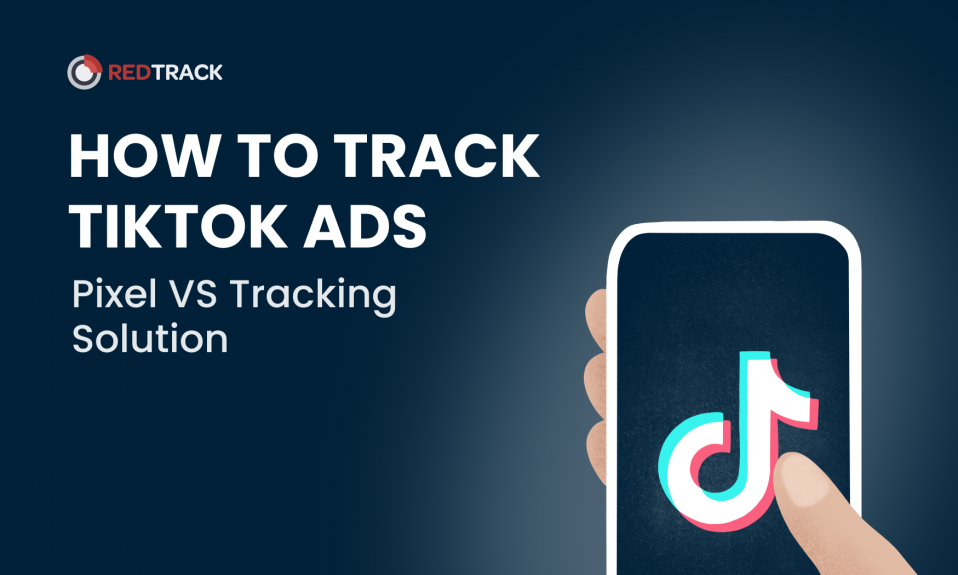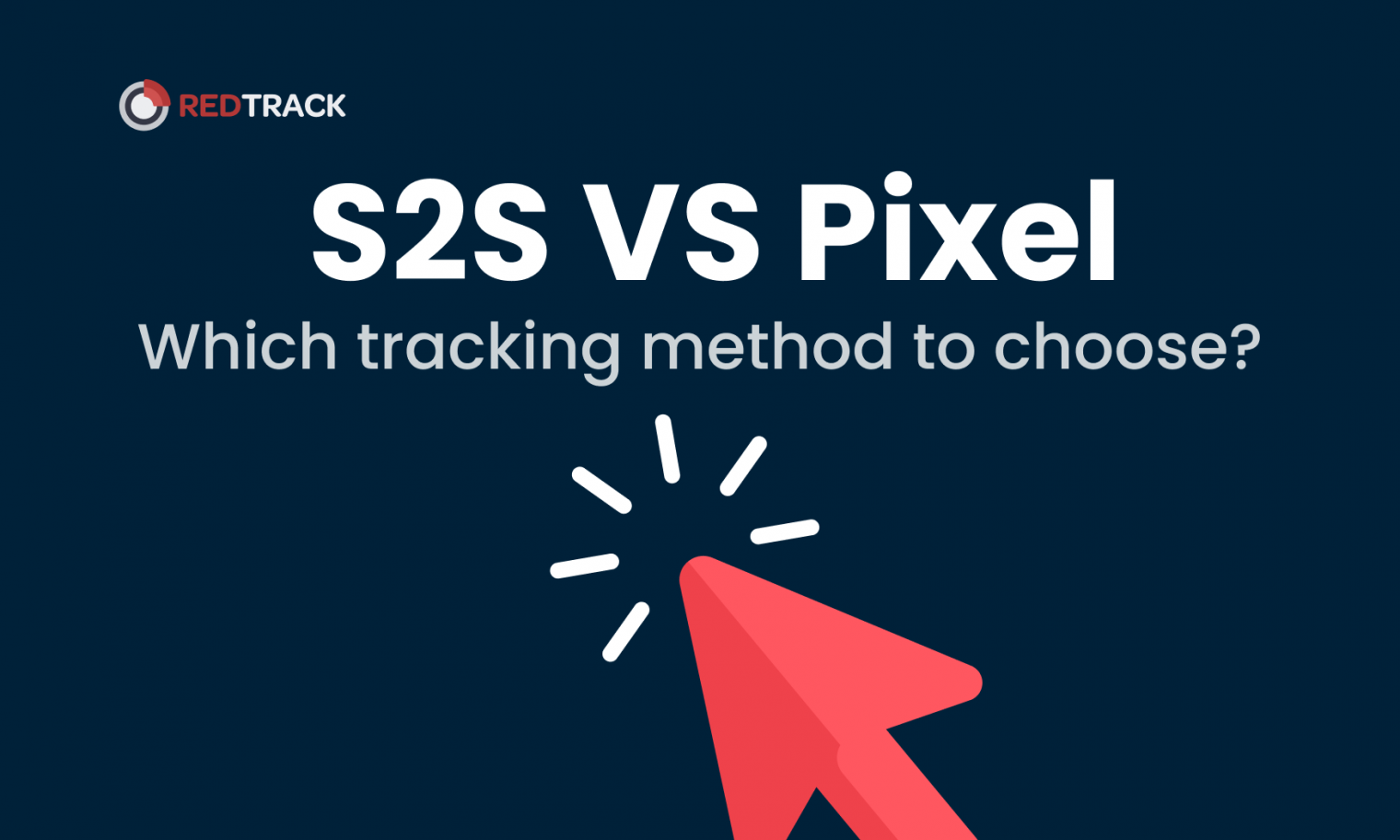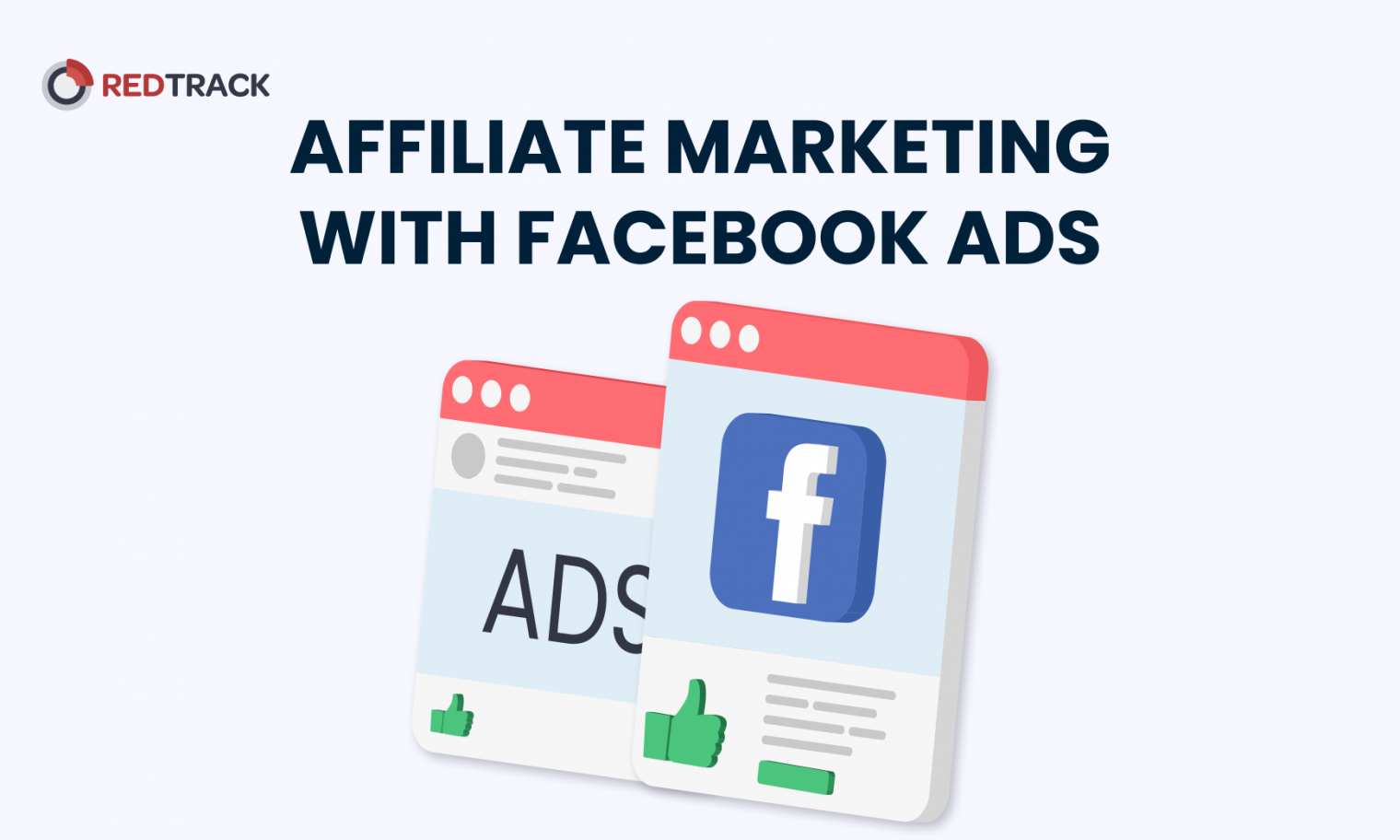
Check our 2-minute video to explore 5 reasons users choose RedTrack as their ad tracking & attribution partner.
Native advertising is a strategic approach to advertising that seamlessly integrates with the platform on which it appears, designed to capture the attention of consumers without interrupting their user experience. It matches the form, feel, and function of the content surrounding it, making it less intrusive and more engaging than traditional advertising methods. For marketers, native advertising offers a unique opportunity to reach potential customers by providing value through content that is relevant and interesting to the audience.
Native advertising is a concept rooted in the idea that advertising should not disrupt the consumer's experience but rather complement it. This form of advertising blends in with the platform's natural environment, whether it be a social media feed, a news website, or a video platform, making the ads feel less like ads and more like part of the content. Marketers leverage native advertising to promote their products or services in a more subtle and effective way, enhancing the likelihood of engagement and conversion.
Seamless Integration: The ad matches the visual design of the experience they live within and behave consistently with the native user experience.
Content-driven: It's often content-based, meaning it provides value through articles, videos, infographics, etc., that are informative, entertaining, or both.
Relevancy: The content is relevant to the audience and the platform, ensuring it meets the interests and needs of the viewers.
Non-disruptive: It does not interrupt the user experience or divert from the content the user is engaged with, making it more acceptable and less likely to be ignored.
Sponsored Content: Articles, blogs, or videos created by or for a brand, published on a platform outside the brand's own media properties. This content is designed to fit seamlessly with the editorial content of the hosting site.
In-Feed Ads: These ads appear in a user's social media feed or on websites as if they are part of the regular content flow, designed to be engaging and relevant to the user's interests.
Promoted Listings: Common on e-commerce sites, these are items promoted by sellers to appear more prominently when users are browsing products.
Content Recommendations: Often found at the bottom of articles, these are links to related content or advertisements that look like recommended stories from the site.
Branded Content: Content created as a collaboration between a brand and the publisher's content team, designed to engage the audience with storytelling that incorporates the brand's messaging naturally.
Enhanced User Experience: By aligning with the platform's content, native ads avoid disrupting the user experience, potentially increasing user engagement and satisfaction.
Higher Engagement Rates: Native ads tend to have higher click-through rates (CTRs) compared to traditional ads, as they are more relevant and less intrusive.
Improved Brand Perception: By providing value through content, brands can improve their perception among consumers, fostering trust and loyalty.
Bypass Ad Blockers: Since native ads blend with the content, they are less likely to be blocked by ad-blocking technology, ensuring wider reach.
Transparency and Ethics: A critical consideration is the need for clear disclosure to maintain trust with the audience. Marketers must ensure that ads are labeled as such, following regulatory guidelines to avoid misleading consumers.
Content Quality: Success in native advertising depends on the quality and relevancy of the content. Marketers must invest in creating valuable content that resonates with their target audience.
Measurement and Attribution: Tracking the performance of native ads can be complex due to their integrated nature. Marketers need to use sophisticated metrics and tools to measure engagement, conversion, and ROI effectively.
Understand Your Audience: Deep insights into your audience's preferences and behaviors are crucial for creating content that resonates and engages.
Choose the Right Platforms: Select platforms where your target audience is most active and the content format aligns with your brand's message.
Focus on Quality Content: Invest in high-quality, engaging content that provides value, whether it's informative, entertaining, or both.
Be Transparent: Ensure that your native ads are clearly labeled to maintain trust with your audience and comply with regulations.
Measure and Optimize: Continuously monitor the performance of your native ads, using data to optimize strategies for better results.
Native advertising represents a sophisticated and effective way for marketers to reach and engage their target audience by providing value and enhancing the user experience. By understanding its nuances, embracing its potential, and adhering to best practices, marketers can leverage native advertising to achieve their brand's goals in an increasingly cluttered digital landscape.

Check our 2-minute video to explore 5 reasons users choose RedTrack as their ad tracking & attribution partner.

Join our Facebook group to participate in the discussions, share your insights with like-minded people, and ask for support if needed.

Find out how Financer.com optimized the conversion rates of both organic and paid traffic by 60% with RedTrack.